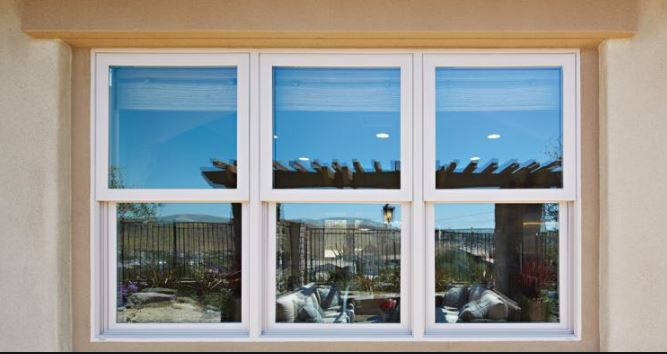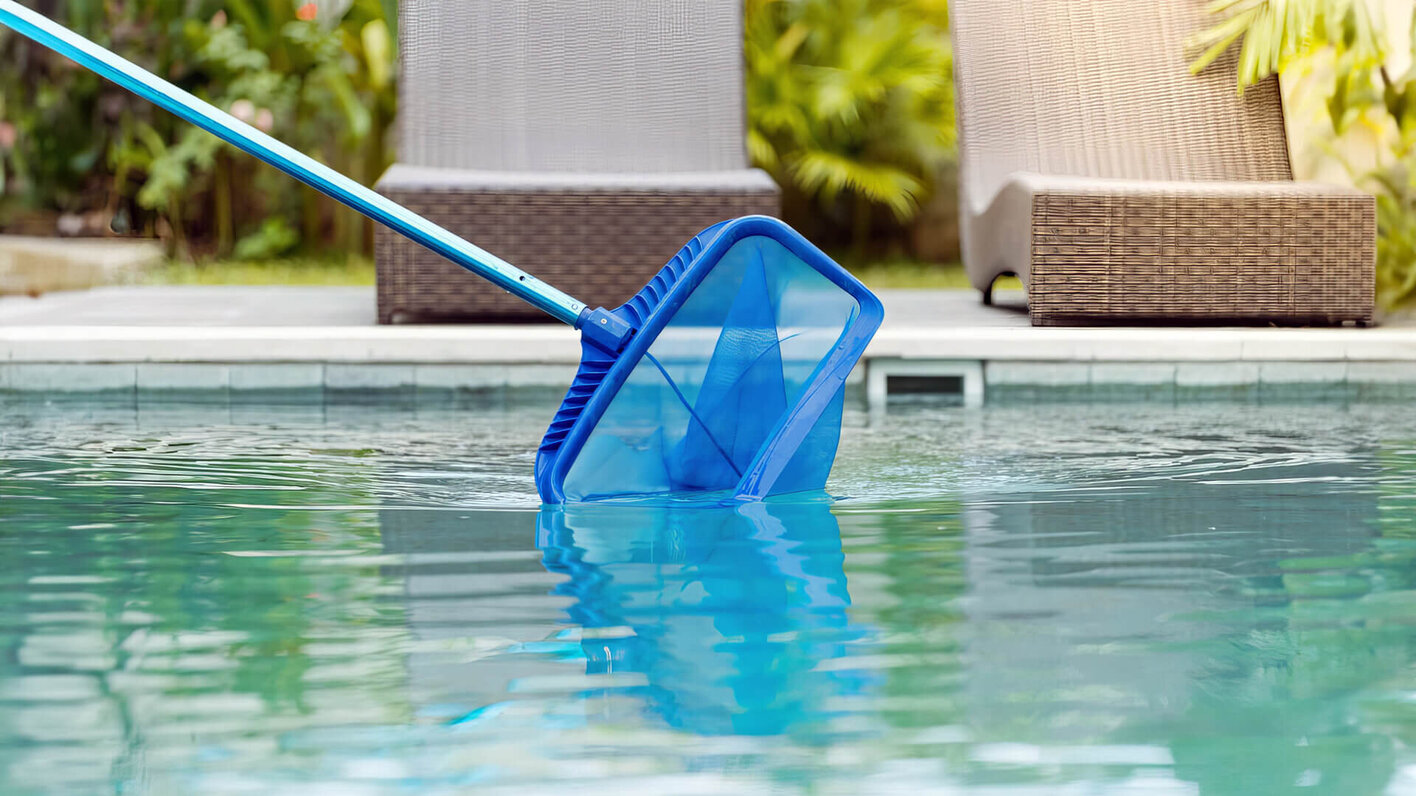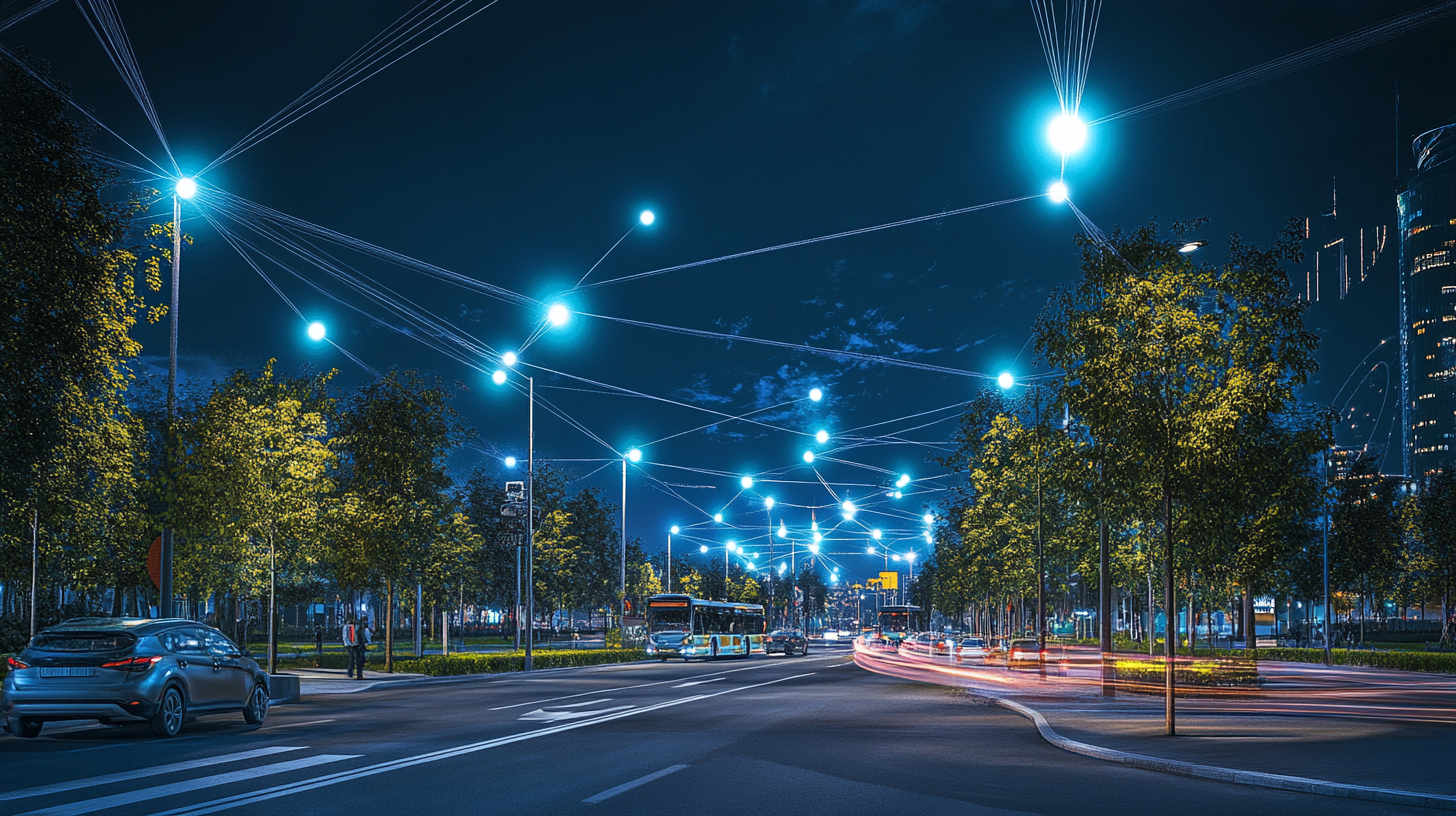PVC Fence Installation Guide: Step-by-Step for Homeowners

If you’re looking for a durable, low-maintenance, and visually appealing fencing option, a PVC fence might be the perfect solution for your home. Known for its resistance to rot, rust, and insect damage, PVC fencing offers years of beauty without the constant upkeep required by wood or metal alternatives. Best of all, with the right tools and guidance, you can install a PVC fence yourself—saving on professional labor costs.
This step-by-step guide will walk you through everything you need to know to successfully install a PVC fence around your property.
Step 1: Plan and Prepare Your Fence Layout
Before you start, you’ll need a clear plan. Determine the fence’s exact location, height, and style. Make sure you:
- Check property lines – Consult your property survey to avoid disputes with neighbors.
- Obtain permits – Some areas require fencing permits or have height restrictions.
- Call before you dig – Contact your local utility company to mark underground lines.
Mark your fence layout using stakes and string to ensure straight, accurate lines. This will serve as your installation guide and help prevent costly mistakes later.
Step 2: Gather Tools and Materials
Installing a PVC fence requires both materials and basic tools. You’ll typically need:
- PVC fence panels and posts
- Post hole digger or auger
- Gravel
- Concrete mix
- Level
- Measuring tape
- Drill or screwdriver
- Rubber mallet
Having everything ready before you begin will save time and make the installation process smoother.
Step 3: Set the Fence Posts
The strength and stability of your PVC fence depend on properly installed posts. Follow these steps:
- Mark post locations – Typically, fence posts are spaced 6–8 feet apart.
- Dig post holes – Make holes about 10–12 inches wide and 30 inches deep (adjust depth for local frost lines).
- Add gravel base – Place 6 inches of gravel at the bottom of each hole for drainage.
- Position posts – Place your first post into the hole and check that it’s level and plumb.
- Set with concrete – Pour concrete around the post, filling the hole two-thirds full. Allow it to be set according to the manufacturer’s instructions.
It’s best to start with your corner posts and gate posts, as these will guide the rest of the fence alignment.
Step 4: Install the Panels or Rails
Once the posts are secure, it’s time to attach the panels or horizontal rails:
- Follow the manufacturer’s assembly instructions – PVC fence systems often have interlocking panels or brackets.
- Use a level to ensure each section is straight before securing.
- Check spacing – Maintain consistent gaps between posts for a professional finish.
If your yard has slopes, you may need to “rack” the panels or step them down to follow the terrain.
Step 5: Attach Post Caps
Post caps not only give your PVC fence a finished look but also protect the posts from water damage.
- Apply PVC adhesive to secure them in place.
- Choose from decorative options like flat, gothic, or solar-powered caps for added style and function.
Step 6: Install the Gate
Gates require extra stability and proper alignment:
- Reinforce gate posts with additional concrete to handle extra weight and movement.
- Attach hinges to the post and then to the gate frame.
- Install the latch at a comfortable height and ensure it closes securely.
Double-check that the gate swings freely without dragging on the ground.
Step 7: Inspect and Maintain
Once your PVC fence is installed, walk along the entire length to check for any loose parts or uneven panels. While PVC fencing is low maintenance, occasional upkeep will keep it looking new:
- Wash with mild soap and water to remove dirt and debris.
- Inspect annually for loose fasteners or damaged sections.
- Avoid leaning heavy objects against the fence to prevent warping or stress.
Benefits of Choosing a PVC Fence
- Low Maintenance – No painting, staining, or sealing needed.
- Durable – Resistant to rot, rust, and insect damage.
- Weather Resistant – Handles extreme heat, cold, and moisture.
- Variety of Styles – Available in different colors and designs to match your home’s look.
With proper installation, a PVC fence can last 20–30 years, making it a worthwhile investment in your property’s value and curb appeal.
Final Thoughts
Installing a PVC fence is a project that many homeowners can tackle with basic DIY skills and the right preparation. By carefully planning your layout, using quality materials, and following these step-by-step instructions, you can create a beautiful, long-lasting barrier that enhances both the security and aesthetics of your home.
Whether you want privacy, safety for children and pets, or simply an attractive boundary, a PVC fence offers a perfect balance of function and style. With a little effort, you’ll enjoy the rewards for decades to come.




